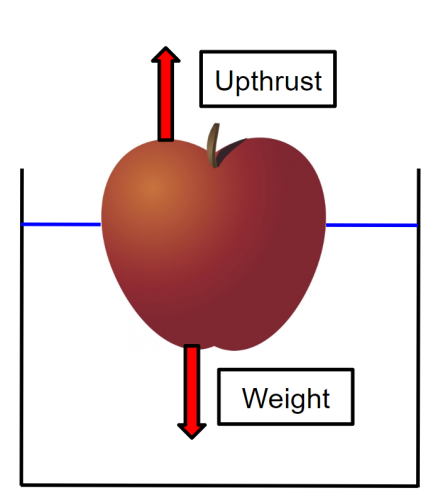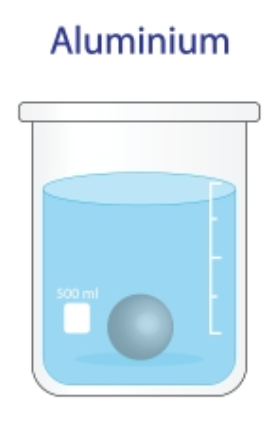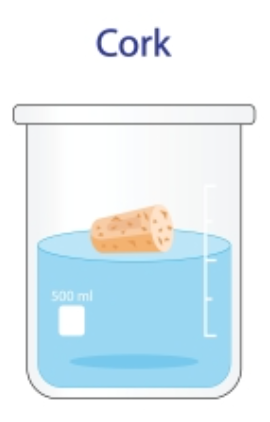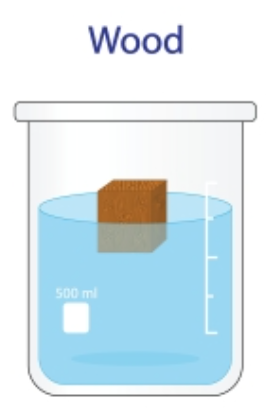Have you ever tried bobbing for apples? It's a game you might play at a fair. A large container is filled with water and apples are placed inside it. When you bob for apples you aren't allowed to use your hands, and you try and grab an apple with your teeth!
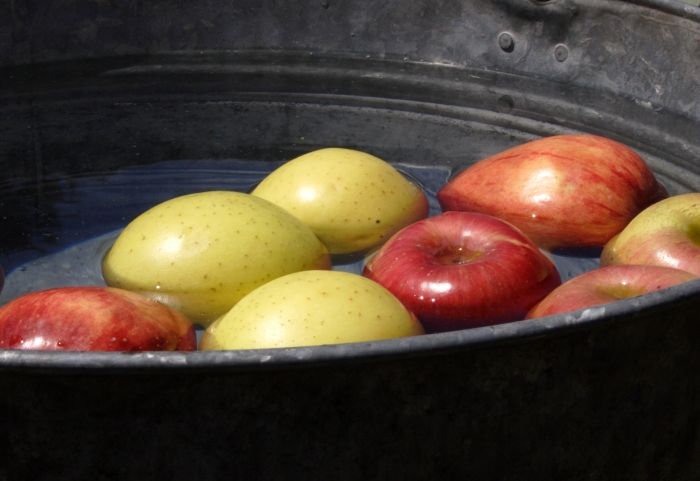
The apples in the container float. Do you know why they float? It's the same reason that a boat can float!
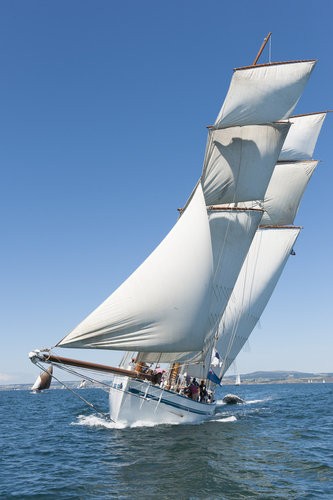
Objects float because of the force of upthrust. Let's learn about this force and how it affects objects!
Imagine placing an apple into a bowl of water. Two main forces affect the apple.
First is the weight of the apple, acting down, caused by gravity.
The second is upthrust. This is a force that acts any time an object is placed into a liquid. Upthrust acts upward, in the opposite direction to the weight.
Upthrust is a contact force.
What causes upthrust? Liquid pressure! Colliding water particles cause pressure, but the pressure is not constant in the liquid. The deeper you are, the greater the pressure.
So, for our apple, the liquid pressure at the bottom of the apple is greater than the liquid pressure at the top of the apple. This pressure difference is what causes the upthrust!
For a solid object in a liquid:
If the weight is greater than the upthrust, the object sinks.
If the weight is less than the upthrust, the object floats.
If the weight is the same or similar to the upthrust, the object can be partially submerged.
What factors affect the upthrust?
There are two important ones:
The first is the volume of the object in the liquid. The greater the volume, the greater the upthrust force.
The second is the density of the liquid. The denser the liquid, the greater the upthrust.
Mercury is a metal that is a liquid at room temperature. Its density is nearly 14 times greater than the density of water. That means that it causes much more upthrust!
You can float a cube of copper metal in mercury because the upthrust is greater than the weight of the copper. In water, the copper would sink because the upthrust would be much less than the weight of the copper.
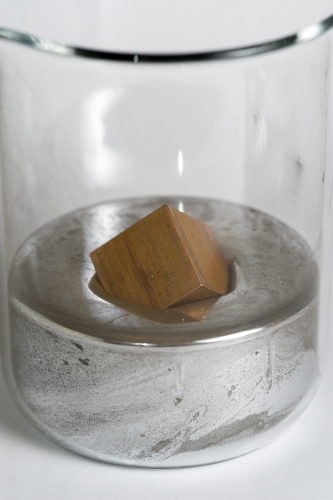
Now that we are more confident in our understanding of upthrust, let's try some questions!




